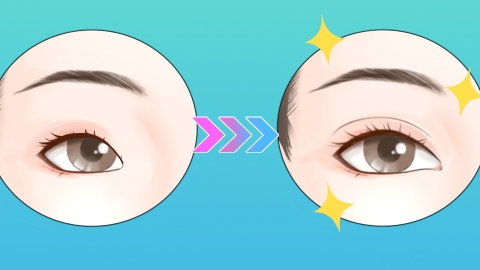Can lateral canthoplasty cause scar hyperplasia?
Generally, outer canthoplasty refers to the correction of epicanthus, and scars refer to cicatricial formations. Cicatricial hyperplasia may occur after outer canthoplasty. Outer canthoplasty involves surgically removing or adjusting the excess skin and tissue at the outer corner of the eye to change the shape of the epicanthus, thereby extending the horizontal length of the palpebral fissure and enhancing the visual size of the eyes. The usual reference price for this procedure ranges from 3,000 to 9,000 yuan per session. Improvement is typically noticeable 3-6 months after surgery, although symptoms such as localized redness and pain may occur. Detailed analysis is as follows:

Outer canthoplasty causes trauma to the eye skin. Improper postoperative care, wound infection, improper surgical techniques, or poor suturing may stimulate excessive tissue growth, resulting in scarring. Additionally, some individuals have a predisposition to scarring, meaning their skin tends to form scars easily after injury. These individuals are more prone to develop scar hyperplasia after outer canthoplasty.
After surgery, patients should avoid spicy, irritating foods and those with deep pigmentation to prevent scar formation. Regular follow-up visits are also recommended so that doctors can monitor the healing process and provide timely guidance and treatment.








